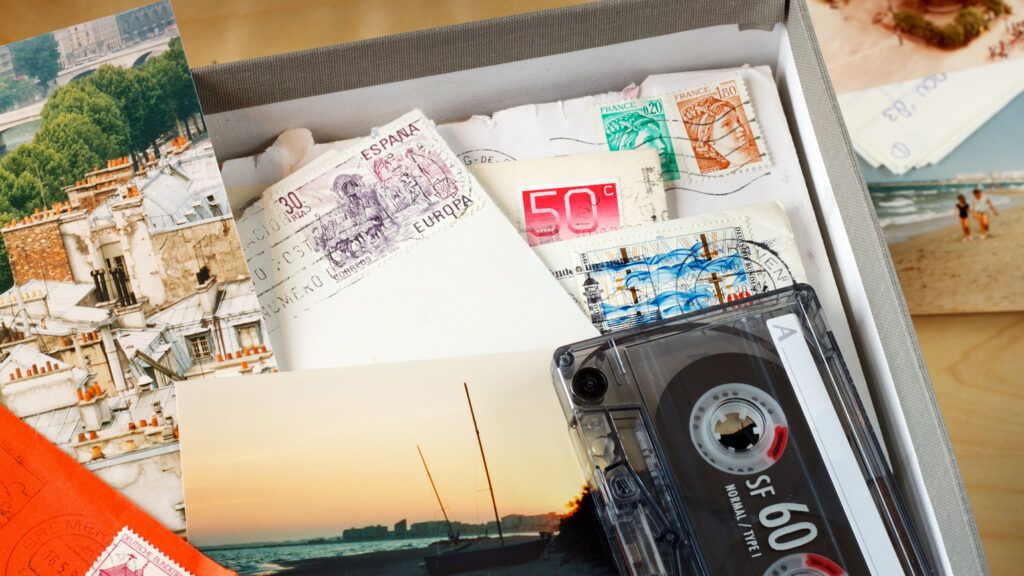This article is based on information provided by Home Instead Senior Care.
Jack held the old leather baseball glove in his hand and suddenly found himself in another time and place. He stood on the pitcher’s mound, gripped the ball, wound up and hurled it toward the star batter at the plate. As he sat in a chair and traced his fingers along the fold of the familiar mitt, the ump yelled ‘Strike!’ Jack heard it plain as day, as if he were right back in the game.
The sense of touch has a unique way of triggering memories for people like Jack, who have Alzheimer’s or other forms of dementia. Since tactile stimuli work in a way that other forms of communication cannot, a collection of meaningful items can be a great calming influence for your family member. First come up with items that have special significance for the person. Did your loved one play an instrument, do a lot of cooking, enjoy gardening or sports, build things in a workshop? Put all the relevant items you can think of in one place so that when you need to comfort the person, you can pull them out.
The memory “box” can take a number of forms—maybe a basket, an inexpensive plastic container with snap-on lid, a designated shelf or drawer, or a shoebox for smaller items. Putting the box together could be a fun, intergenerational activity for your family. Enlist the help of the grandchildren to decorate the box or contribute to the collection.
A Memory Box
You can add anything to the box that seems meaningful to the person with dementia:
- A baseball mitt
- Gardening gloves
- Various fabrics
- A stuffed animal
- A musical instrument
- Trip souvenirs
- A family heirloom
- A favorite article of clothing
- A trophy
Or, you may want to get creative and create themed memory boxes with items relating to a specific experience:
Seashore Memory Box:
- Sea shells
- Pan filled with sand, large enough to place feet in
- Dried starfish
- Beach towel
- Suntan lotion
Nature Walk Memory Box:
- Leaves
- Tree bark
- Flower petals
- Pine cones
- Acorns
- Rocks
- Pot of soil (particularly if the person likes gardening)
Have the person with dementia hold each item and encourage them to share what it brings to mind. You can talk about how it feels—bumpy, smooth, fuzzy, hard—and what memories the person associates with it.
Use your creativity to put together a memory-stimulating collection of items customized specifically to the person with dementia. The possibilities are endless.




